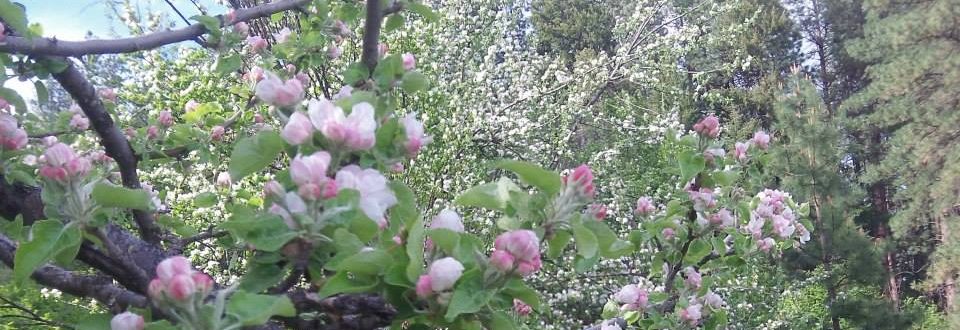WESTERN OAK ECOLOGY
Western North America is a stronghold for the great conifer trees which dominated the world’s forests long before the age of mammals. Here flowering “angiosperm” plants, more closely associated with the evolution of today’s animal life, still vie with the old guard for a place in the sun. Angiosperms have gained a foothold in the West as master opportunists- relying on fire, flooding, shifting edges, patchy nutrient concentrations, and the motion of animal partners.
Few angiosperms have claimed territory like the oaks. Oaks are masters of disaster, making their living where wildfires are too frequent for conifers to close ranks. Like many angiosperms, oaks reserve many possible growing points- any bud or branch of an oak may replace the entire tree. The twisted form of an oak is a history of failures and dead ends in the battle against innumerable stressors, overcome by the tenacity to regrow in almost any direction. Oaks can regrow from their roots after a fire, and many oaks have thick, fire-resistant bark. And an oak can persist as a shrub, or a tree, or any form in between, as circumstances dictate. This versatile pattern of growth is effectively an adjustable growth rate, aiding both survival in drought and competition in favorable conditions. High stress and disturbance tolerance allows the oaks to exploit the uniquely fertile soils of tumultuous grasslands. And so the oak is the primary savanna tree of the northern realm, synonymous with human habitat.
Pine/oak woodland is the basis for a great many forest ecosystems. Pine/oak woodlands claim the dry outer edge of the forested realm, across a planetary landmass which ⅔ arid or semi-arid.
A disproportionate number of traditional foods hail from the forest edge. Cultural burning and early agriculture evolved here. Any human endeavor in our clime is best framed by pine and oak. Their roots anchor culture. Their mass and gravity secure our safe orbit through time.
OAK/HUMAN COEVOLUTION
The genus Homo emerged in a savanna of tropical leguminous trees, soon thereafter ranging into temperate oak savanna. Legume savanna and oak savanna often form a continuum, as can be seen in today’s Mojave Desert, as far North as Utah. The northern limit of oak savanna seems to have been the northern limit of Homo erectus, as early as 1.8 million years ago, which probably had as much to do with dietary requirements as temperature. Savanna is a distinctly nutrient-rich environment, and humans are distinct as high-octane primates.
Evergreen oaks and oak relatives, the defining trees of subtropical “laurosilva” woodland, set the stage for Miocene ape radiation in Eurasia. This was the golden age of primates. Castanopis and Lithocarpus, trees of the oak family, are still important food sources for orangutans. These subtropical mast trees, like oaks, are characteristic of strongly seasonal climates, producing an abundance of “mast” for a brief period each year. The orangutans’ ability to pack on body fat is thought to have evolved to cope with such seasonal extremes in food abundance. The human propensity to fatten on starch and sugar may be inherited from Miocene apes and seasonal woodland environments. One fossil ape from Miocene Europe was named “Dryopithecus” meaning “oak tree ape”. Graecopithicus of Miocene Greece may have been bipedal, as an adaptation to open woodlands. Some paleontologists think Graecopithecus could be a human ancestor. But it’s possible that primate bipedalism evolved more than once in Miocene woodlands. The fossil ape Lufengpithecus held ground in the temperate woodlands of Northern China as late as the Pliestocene, surviving the invasion of Homo erectus. Competition with our own genus may be the only reason other apes are confined to the tropics today. The live oak, tanoak, and bay laurel woodlands of California are likely very similar to the laurosylvan habitat of early Eurasian apes.

Dryopithecus, Miocene European
Acorns are well defended with antinutrient tannins and phytic acid. Consumption of acorns by contemporary primates is evident from Morocco to Japan. But it is not clear how primate digestion copes with acorn antinutrients. And it is not clear which of our ancestors had the guts for this, or how long primates have been eating acorns. Human reliance on acorns has been characterized by sophisticated leaching and cooking procedures. However, there are simple methods of leaching and storage, such burial of acorns in swamp mud, feasible for even monkey-like ancestors. South American capuchin monkeys process and cure palm fruits using tools. Whether through cultural or digestive adaptation, the deep antiquity of primate “balanophagy” is almost certain, even though the degree of dependence across time is a mystery.
After the extinction of the dinosaurs, proto-primates rode the wave of temperate forest expansion that brought deciduous trees from the arctic circle further into Eurasia and North America. These and other early mammals likely survived the cataclysmic extinction of the dinosaurs because they were adapted to survive the long dark winters of far Northern forests. When the dark times came, early oak trees shed their leaves, and early mammals slept, likely fattened on mast. The migration of temperate forest trees from the arctic to middle latitudes was a geographic and genetic radiation, the genesis of the diverse oak species we know today.
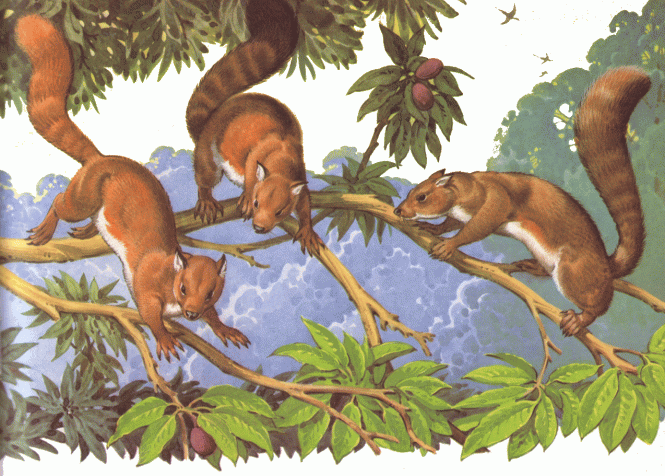
Laurasia’s Plesiadapis
Acorns supported the human population explosion that began around the world as the climate chaos of the Pleistocene subsided. At the dawn of the mild Holocene epoch, much of the world’s megafauna had been hunted to extinction. The appetite, energy, and ingenuity evolved during our time as apex predators was turned on the plant kingdom. Humans returned to the starchy diet of apedom, refined, intensified, and expanded with technology, to feed an unprecedented number of mouths. Sophisticated fishing technology and agriculture also emerged during this time, and for thousands of years, acorn-gathering societies held their own with farming and fishing societies. All of these intensive subsistence strategies were vulnerable to upset. The seeds which once fattened us for winter now fattened us to survive the stress of overpopulation, famine, and war. And yet while the agrarian Fremont culture grew and collapsed dramatically in the prehistoric American Southwest, Californian acorn-gathering cultures weathered droughts relatively unchanged. It took an industrial colonial invasion to disrupt the West’s great culinary oak traditions.
CONTEMPORARY OAK APPLICATIONS
In horticulture, the role of the acorn has been supplanted by the larger and more palatable chestnut. An acorn plantation is poor agricultural investment compared to a chestnut orchard. However, the oaks have a far broader ecological amplitude than chestnuts, and remain unsurpassed for silvicultural and rangeland utility. Oaks are worthy of stewardship on a vast scale, particularly as exotic diseases and climate change threaten. Oaks should be a focal point of climate adaptation and assisted migration. More of the West is becoming suitable for oak woodland, as conifer forest lose ground to pests and increasing fire severity.
Oaks anchor rangeland, securing ecosystem functions, even where abusive management desertifies grass and forb communities. In most cases, the presence of oaks in grasslands amounts to an additive forage yield, with a positive or neutral influence on understory production. Oaks leaf out relatively late, allowing for a flush of ephemeral forbs. Acorns feed an incredibly broad swath of wildlife.
The pollarding of oaks for dormant-season livestock fodder, in sedentary and nomadic contexts, has a long history in the Old World. Oak was an important browse for prehistoric North American browsers like the Columbian mammoth. North America’s grasslands evolved from oak savannas hosting horses and camels. Bison are relative newcomers, and treeless grasslands are the legacy of Ice Age climate extremes.
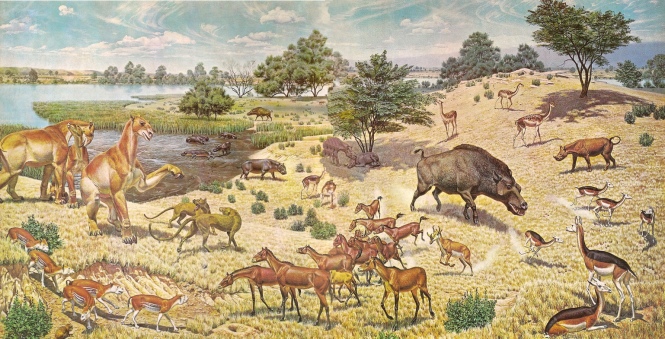
Miocene Oregon
In some contexts, oaks are instrumental in cyclic succession patterns, enhancing savanna diversity and productivity, creating shifting habitat mosaics.
Native oak savannas in the West and across the northern world have been disproportionately diminished by industrial human activity and are in desperate need of restorative management. The preferred habitat of our subsistence ancestors is now an endangered habitat. Oak savanna has been sought after for agricultural conversion, leading to urbanization. The hyper-developed Willamette Valley is a classic example. What is left of oak savanna is threatened by fire suppression and encroachment from conifers. Sudden Oak Death is an exotic disease severely straining oak population on the West Coast.
TAXONOMY OF BALANOPHAGY
The pursuit of low-tannin edible acorns is somewhat misguided, since no acorn is safe to consume raw, and higher-tannin acorns tend to be higher in fat and store better. Leaching to remove tannins takes time but can be a very passive process.
The genetic factors influencing mast quality and yield are so complex that selective breeding has failed to create improved strains, and mast yield is highly variable from year to year, so the best mast oaks will be whichever oaks are best adapted to the region and maintain high genetic diversity. Exceptional oak individuals are sometimes cloned by grafting. But the most functional oak plantings will be those integrated with existing wild populations, so an understanding of native oak biogeography is key to edible oak culture.
WESTERN NORTH AMERICAN OAK FUNCTIONAL BIODIVERSITY IN THE GLOBAL CONTEXT
The Madrean floristic region of Western North America is a global center of pine/oak forest biodiversity. The power of the Aztec Empire and the far-reaching Uto-Aztecan language flowed from this Madrean ecosystem. Pine and oak forest fed indigenous California, the most linguistically diverse region on earth. The power of Western civilization is also derived from forests of oak and pine, but biological resources imported piecemeal from Europe will never compare to the possibilities of native biodiversity.
Western North America lacks for nothing in terms of native oak diversity, such that we have little to gain from exotic species. Of the many functions of oaks throughout the world, which include the production of food, fodder, timber, and tannins, our own species and their broad wild gene pools will adapt best. There are a few exceptions, for instance, our lack of an oak suitable for cork production.
But our native oaks have their own unparalleled values. Oaks of the “intermediate” Protobalanus group occur naturally nowhere else in the world. And the uniquely North American “red oak” group, well developed in the West, occurs naturally on no other continent. The oaks of the Old World are functionally similar to our own, except perhaps the fast-growing and short-lived Cyclobalanopsis of East Asia. Acorn size and palatablity are highly variable within all of the oak groups throughout the world, even within species.
WESTERN NORTH AMERICAN OAK BIOGEOGRAPHY AND EVOLUTION
Oaks radiated into the Americas from the North, and have shifted North and South in response to climate for millions of years. Oaks have done less shifting in the East/West direction, obstructed by the continent’s major mountain ranges, arid zones, and distinct climate regimes.Wind-pollinated, the oaks have long hybridized promiscuously, except across groups (white, red, intermediate), and except across certain persistent geographic barriers.
http://bonap.net/Napa/TaxonMaps/Genus/County/Quercus
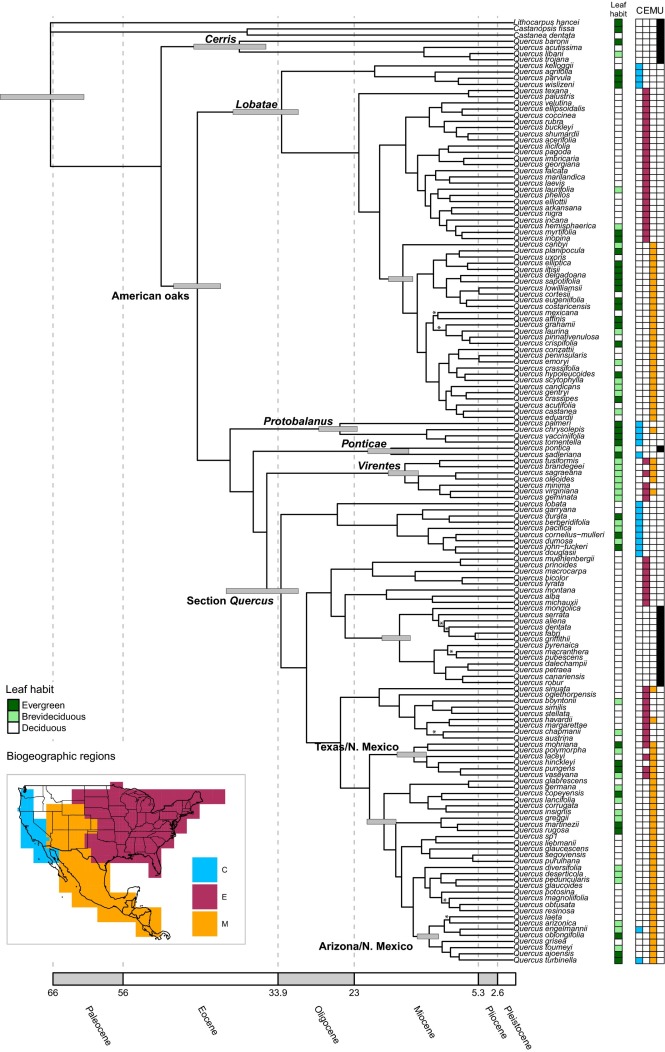
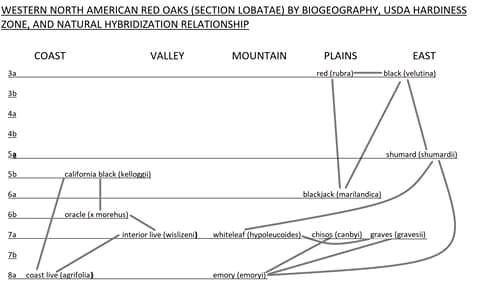
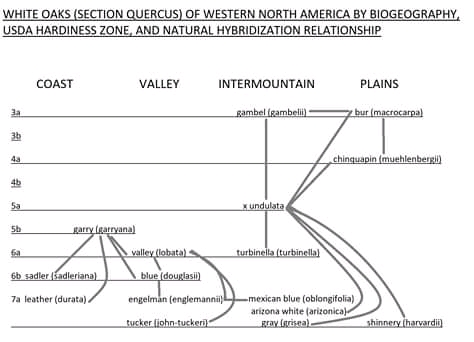
HARDY HYBRIDS
For climate adaptation and genetic diversity, hardy natural hybrids are valuable. Since oaks dispersed and radiated out of the North, perhaps most of the oak gene pool could flow northward, in a pattern of reverse-radiation, through hybridization. Using select hybrids to bridge natural populations is one kind of “breeding” that might bolster the resilience of oaks in an assisted northward migration scenario. The Northernmost oak species are likely particularly pre-adapted to promiscuous hybridization and gene borrowing in the context of climate change (due to geographic proximity to the former of range of common ancestors).
CALIFORNIAN OAKS
With few exceptions, the oaks of California have evolved in isolation, cut off from other regions by the Sierra Nevada and the Great Basin desert. The Californian oaks are uniquely adapted to the hot, dry summers and wet winters of the Western slope of the continent. The tendency of the West slopes of continents to receive most of their precipitation in the winter holds across geologic time.
The oaks of California’s Central Valley are pre-adapted to disperse North to the other semi-arid river valleys of the West Coast, including the Klamath and Columbia river basins, and perhaps even the Fraser, Peace, and Yukon river basins. The fossil ancestors of Californian oaks were centered in Idaho during the Miocene, and must have ranged still further North in the warmer Eocene, when the Arctic circle hosted ancestral oaks and other temperate trees. Some forecasts predict carbon levels comparable to those of the Eocene thermal maximum within a century or two. Models show the Columbia Basin is already suitable for several Californian oak species.
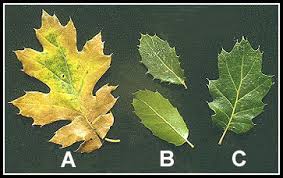
(kelloggii, chrysolepis, morehus ‘oracle)
MOUNTAIN AND INTERMOUNTAIN OAKS
The Inland Northwestern climate also likely suites the oaks of the mountain Southwest. These species may be particularly good candidates for assisted migration, since further warming may threaten “sky island” species with extinction. The Southern Rockies exhibit a “monsoonal” summer precipitation pattern, like most of the continent, but unlike the West Coast and it’s inland river basins. Yet the adaptation of Rocky mountain species to extreme heat, cold, and general aridity likely suites them to parts of the Inland Northwest. Gene flow with this adjacent region is very feasible. The Great Basin sagebrush steppe will likely collapse and be overrun with “shinnery”, chaparral, and savanna oaks from the South, East, and West as greenhouse climate trends continue. The scenario might resemble the former Pliocene ecology evidenced by the John Day fossil beds.
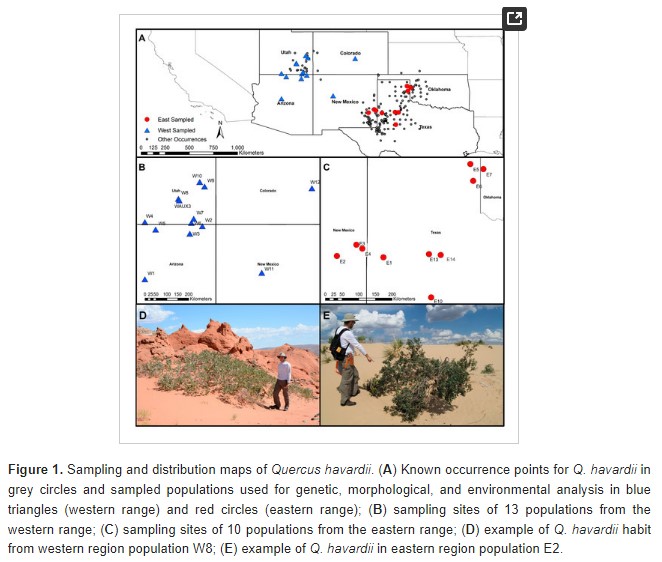
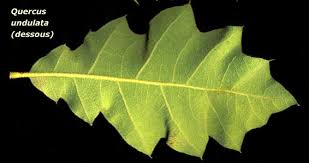
GREAT PLAINS/EASTERN OAKS
Great Plains species are likewise adapted to extreme heat and cold and general aridity. Some of these species are important for contributing genetic diversity and bridging gene flow for Southwestern Mountain species. Otherwise, these species are of little relevance to the West.
The climate of Eastern North America is drastically unlike the Inland Northwest climate. But the high oak diversity of this region has much to teach us about oak evolution, as does the oak diversity of subtropical Mexico.
SELECT QUERCUS (OAKS) FOR INTERMOUNTAIN, ZONE 6
West slope native oaks
“White”
Q. garryana, northernmost population upstream of Ellensburg, WA, also var. breweri
Q. lobata, hardy inland types tease the Colorado watershed)
Q. sadleriana, in its own clade with Caucasian deer oak
Q. douglasii?
“Red”
Q. kellogii
Q. x morehus
“Intermediate”
Q. chrysolepis (Q. vaccinifolia and Q. palmeri also in Protobalanus)
I’d like to grow all of the Californian oaks hardy here except for low shrubby types
Prairies/Southern Rockies native oaks
“White”
Q. macrocarpa, Wyoming source?
Q. gambelii, “burgambel” from Idaho source sold at Pitkin Nursery
Q. turbinella, involved in the Cottam hybrids in SLC
Q. prinoides, a dwarf suckering version of the chinquapin oak for sandy prairies
Q. margarettae, a dwarf post oak for sandy soil
Q. stellata, post oak, of the Cross Timbers zone
Q. harvardii?, the suckering shinnery oak
Q. welshii, like harvardii, but in Utah and with x undulata tratis, @ BYU arboretum
Q. arizonica, a large bottomland oak
Q. grisea?, evergreen suckering scrub oak
Q. x undulata complex
Q. fussiformis, “hardiest evergreen oak”, of Mexican Virentes clade
(Q. muhlenbergia is in the undulata complex but prefers calcerous soils)
“Red”
Q. rubra, common large timber tree
Q. nigra, common large tree, tolerates poorer/drier soils than rubra
Q. buckleyi, like a prairie red oak
Q. emoryi?, hardiest of the Mexican clade? or Q. hypoleucoides?
Q. laurifolia, a zone 5 evergreen swamp oak! not from our region
(Q. shumardi is an important central hybridization link for Eastern red oaks)
(Quercus cerris bridges white and red taxa??)
Of the many oak species East of the continental divide, I’m interested only in those adapted to those adapted to extreme aridity, distinctly useful species, and rare species
RESOURCES
